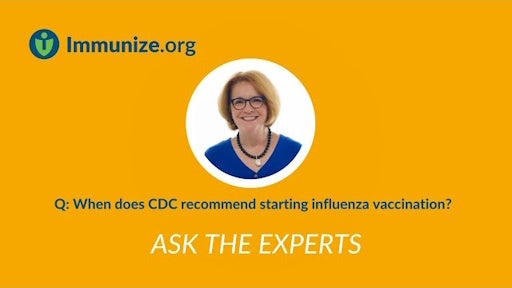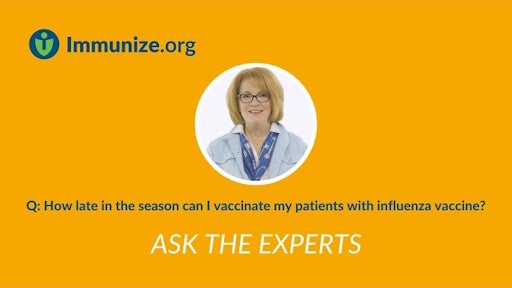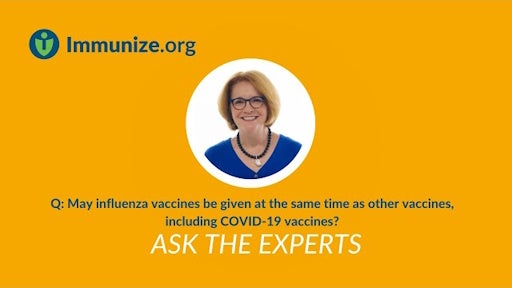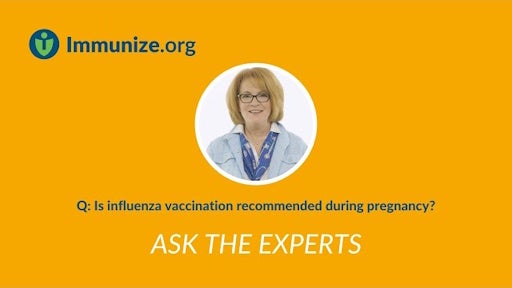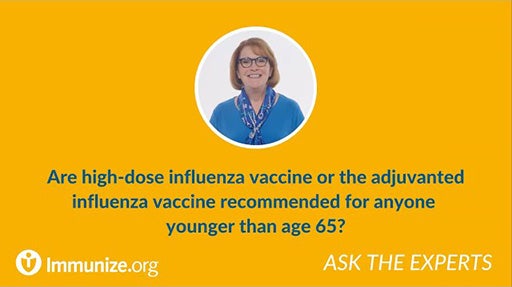- Influenza
- Disease Issues
How serious a problem is influenza in the United States?
From 2010–11 through 2023–24, CDC estimates the annual influenza-related burden of 9–41 million illnesses, 4.3–18 million medical visits, 120,000–710,000 hospitalizations, and 6,300–52,000 deaths. The 2024–25 season was particularly severe. Preliminary estimates for the 2024–25 season include 47–82 million illnesses, 21–37 million outpatient visits, 610,000–1,300,000 hospitalizations, and 27,000–130,000 deaths. While an average of 129 pediatric deaths were reported during the years 2010–24, 275 influenza-related deaths were reported in 2024–25 (see www.cdc.gov/flu-burden/php/data-vis/index.html).
Rates of infection from seasonal influenza are highest among children, but the risks for complications, hospitalizations, and deaths are highest among adults age 65 years and older. CDC’s estimates of hospitalizations and deaths associated with influenza during the 2023–24 season showed that adults age 65 years and older accounted for only 8% of medical visits for influenza but 68% of deaths and 50% of hospitalizations. Adults in the 15-year age span from 50 through 64 years accounted for 20% of influenza-related hospitalizations and 20% of influenza-related deaths. (www.cdc.gov/flu-burden/php/data-vis/2023-2024.html).
Annual seasonal vaccination is the best way to reduce the serious burden of hospitalizations and deaths from influenza in the United States. Most people understand that the burden is highest among the oldest people, and 2024–25 vaccination rates in this age group were estimated at 70% by the end of April 2025. However, 2024–25 vaccination rates dropped off dramatically to just 48% among adults 50 through 64, despite this age group accounting for 20% of hospitalizations and deaths. (https://gis.cdc.gov/grasp/FluView/FluHospRates.html)

